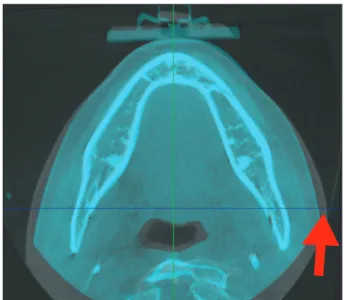관련 문서
After choosing the type of bike, the next step is the right bike size. the right size for you from
44 글의 첫 번째 문장인 The most important thing in the Boat Race is harmony and teamwork.을 통해 Boat Race에서 가장 중요한 것은 조 화와 팀워크임을
Now that you have the right bike for you, it is important to learn the right riding position.. A poor riding position can lead to injuries
44 글의 첫 번째 문장인 The most important thing in the Boat Race is harmony and teamwork.을 통해 Boat Race에서 가장 중요한 것은 조 화와 팀워크임을
12 that절 내의 주어를 문장의 주어로 쓰고 that절 내의 동사를 to부정사로 써 서 수동태 문장을 만들 수 있다... 13 반복되는 the reason을 관계대명사 which로 바꿔주고
Now that you have the right bike for you, it is important to learn the right riding position.. A poor riding position can lead to
In the current context, where the interconnectedness of the global economy has intensified greatly and the importance of a collective response to
그것은 이미지를 문자적 으로 서술하는 문제이며 옐름슬레브Hjelmslev[4]의 용어를 쓰자면 (코노테 이션과 반대되는 의미로서) 공정작용operation의
